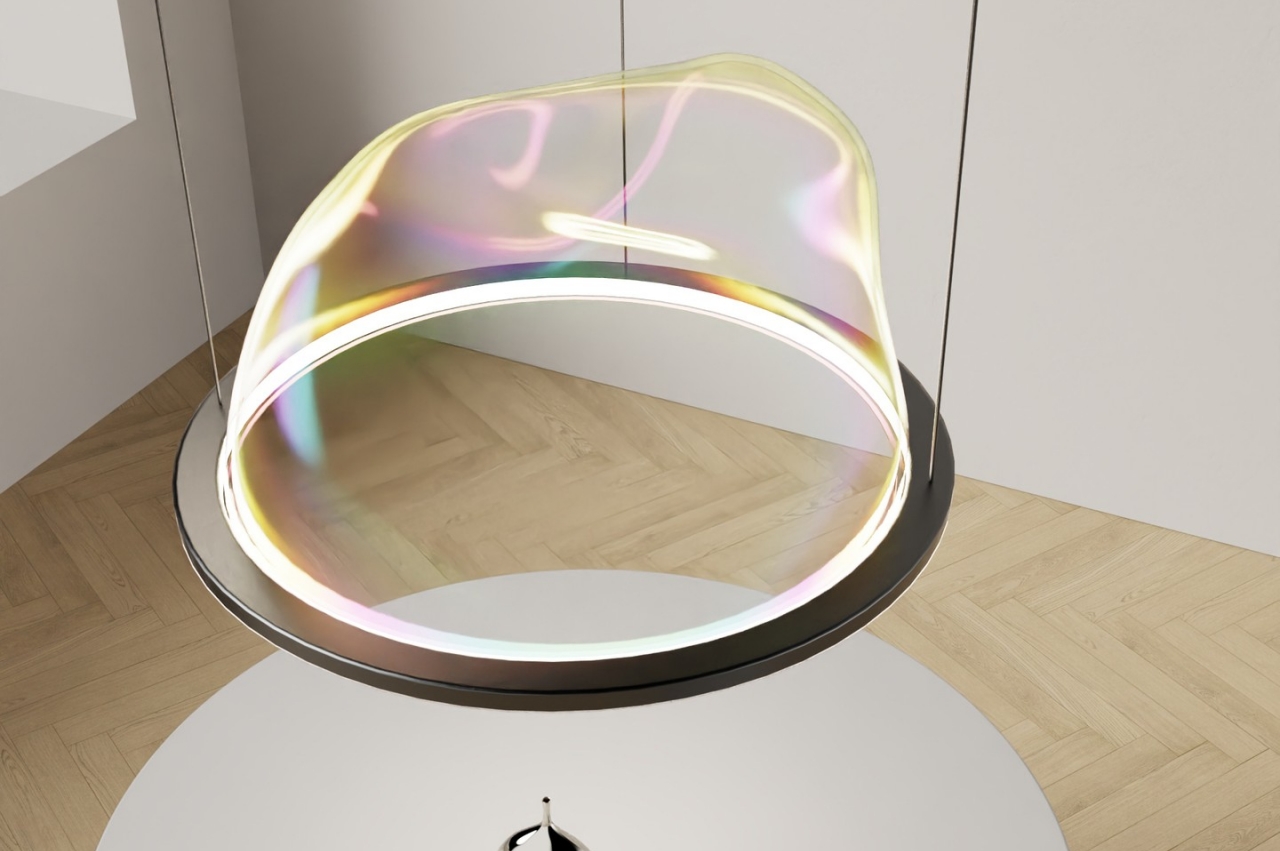
Image Credits: Sunriu
With technological advancement in the lighting industry, LED lights or light-emitting diodes are driving a lighting revolution and promising a bright future. LED lights are available in smaller sizes, have improved brightness, illuminate a larger area, and have enhanced qualities. In an LED light, when an electric current passes through a semiconductor material, energy is released in photons and transformed into visible light.
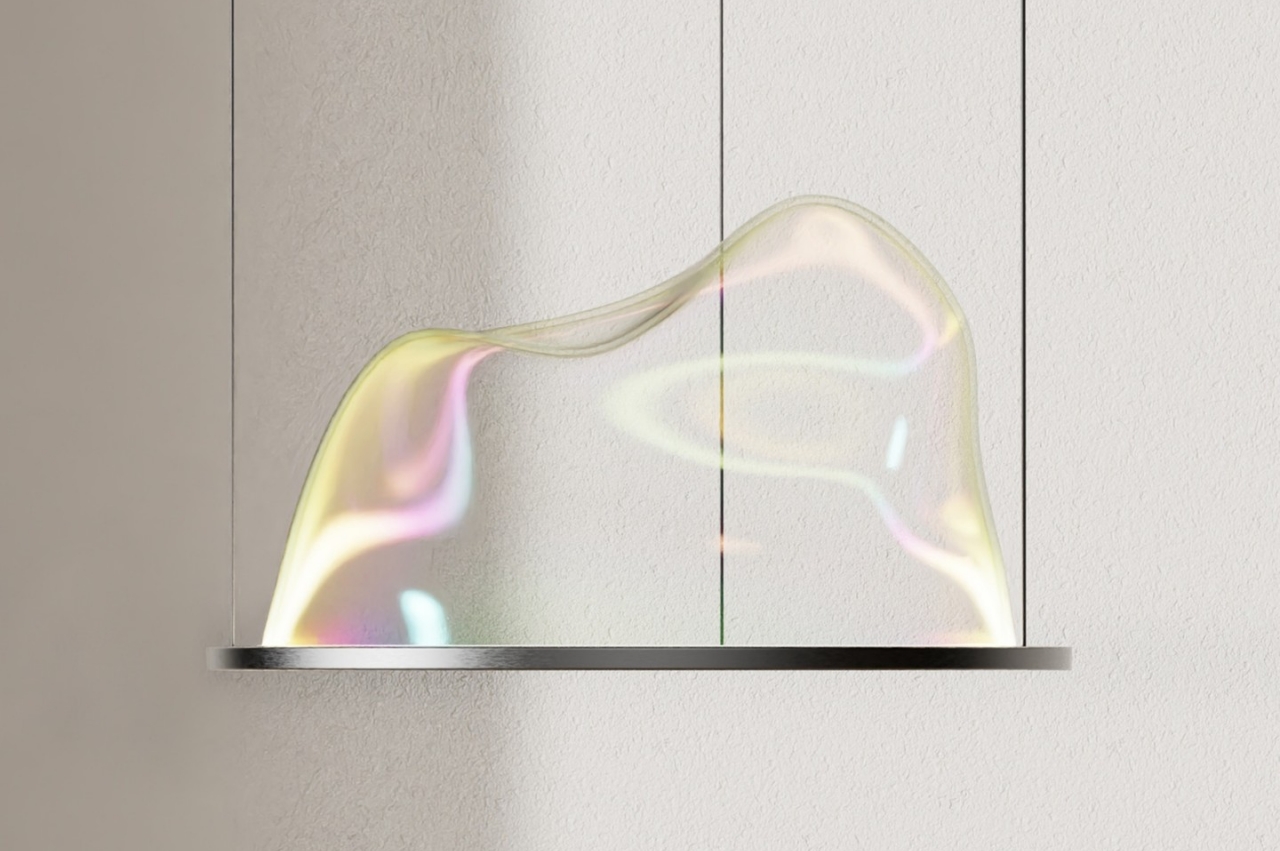
Image Credits: Sunriu
Advantages of LED lights
LED lights are becoming a popular substitute for conventional systems like incandescent and compact fluorescent lamps or CFLs.
Discover why LED lights are a smarter lighting option.
1. Long Lasting
As per studies, the average lifespan of LED lights ranges between 50,000 hours to 100,000 hours. These lights can offer 12 years of continuous lighting and even more if they are occasionally lit. Hence, one LED can nearly replace 25 incandescent lights, which is a great way to reduce the carbon footprint. This results in low maintenance and reduces the hassle of frequently replacing bulbs and tubes.
2. Consumes Less Electricity
LED lights use nearly fifty percent less energy than conventional lighting systems. These lights efficiently operate on low voltage and are, therefore, a perfect solution for solar-enabled outdoor lighting systems. LED lights consume less power and offer substantial savings in recurring electricity bills.
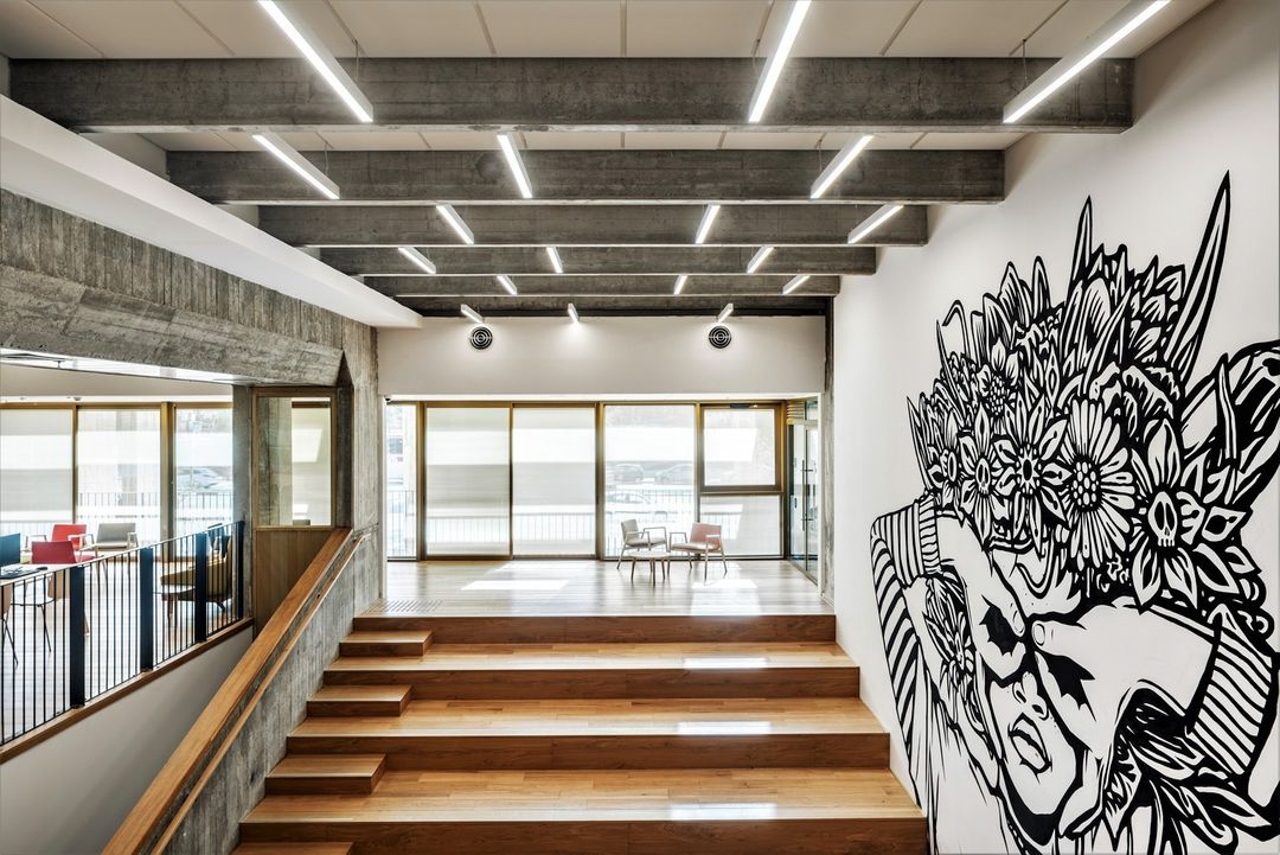
Image Credits: Michal Kantor
3. Available in Numerous Colors
LED lights are primarily available in warm light for warm lighting and cool white for ambient or general lighting ranging between 6000K to 3000K. They are also available in a vast range of colors like red, yellow, green, and amber. Make a note that when LED lights age, they may change their color over a period of time.
4. Energy-efficient
The energy efficiency of LED lights is measured in luminous efficacy or useful lumens or the amount of light that the fixture emits for each unit of power or watt. LED lights are energy-efficient as they convert 80% of electrical energy into light and produce less waste light. On the other hand, incandescent light bulbs are only 20% efficient as 80% of energy gets lost as heat, resulting in higher electricity costs.
5. Cost-effective
From soft lighting to bright lighting, LED lights can be dimmed and provide flexibility in the lighting design. The micro-controllers can dim or brighten the LEDs for light, color and intensity of light. In addition, the lights can be dimmed with hardware made specifically for LED light technology.
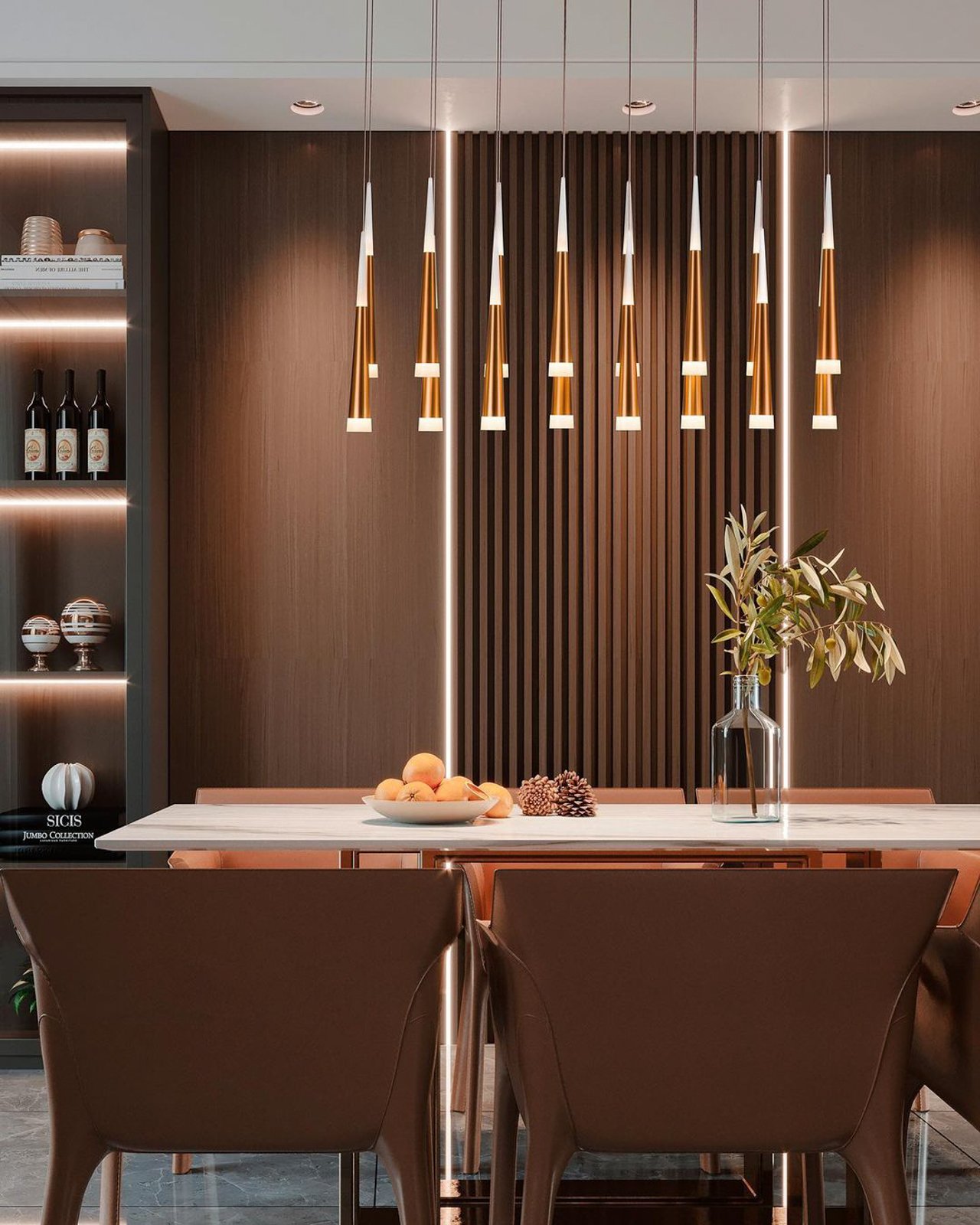
Image Credits: Sparkle Lights
6. Ensures Safety
LED lights are safe as they radiate very little heat and are not hot to the touch compared to CFL and incandescent lights. It does not contain hazardous materials like mercury. These lights offer an excellent surface temperature that reduces the risk of burns and does not emit harmful UV or infrared rays.
7. Directional Lighting
As LED lights release a single beam of light, it offers concentrated lighting and does not emit light in all directions. Conventional lights emit light at 360 degrees around the light source, while LEDs emit light at an angle of 180 degrees. Hence, LED lights emit light in a specific direction, do not require reflectors or diffusers to trap rays, and are perfect for recessed downlights and track lights. Also, fewer LED lights are required compared to incandescent lights to achieve the same brightness level. In addition, directional optics reduces light pollution and wasted energy that is usually used to illuminate areas that are not required.
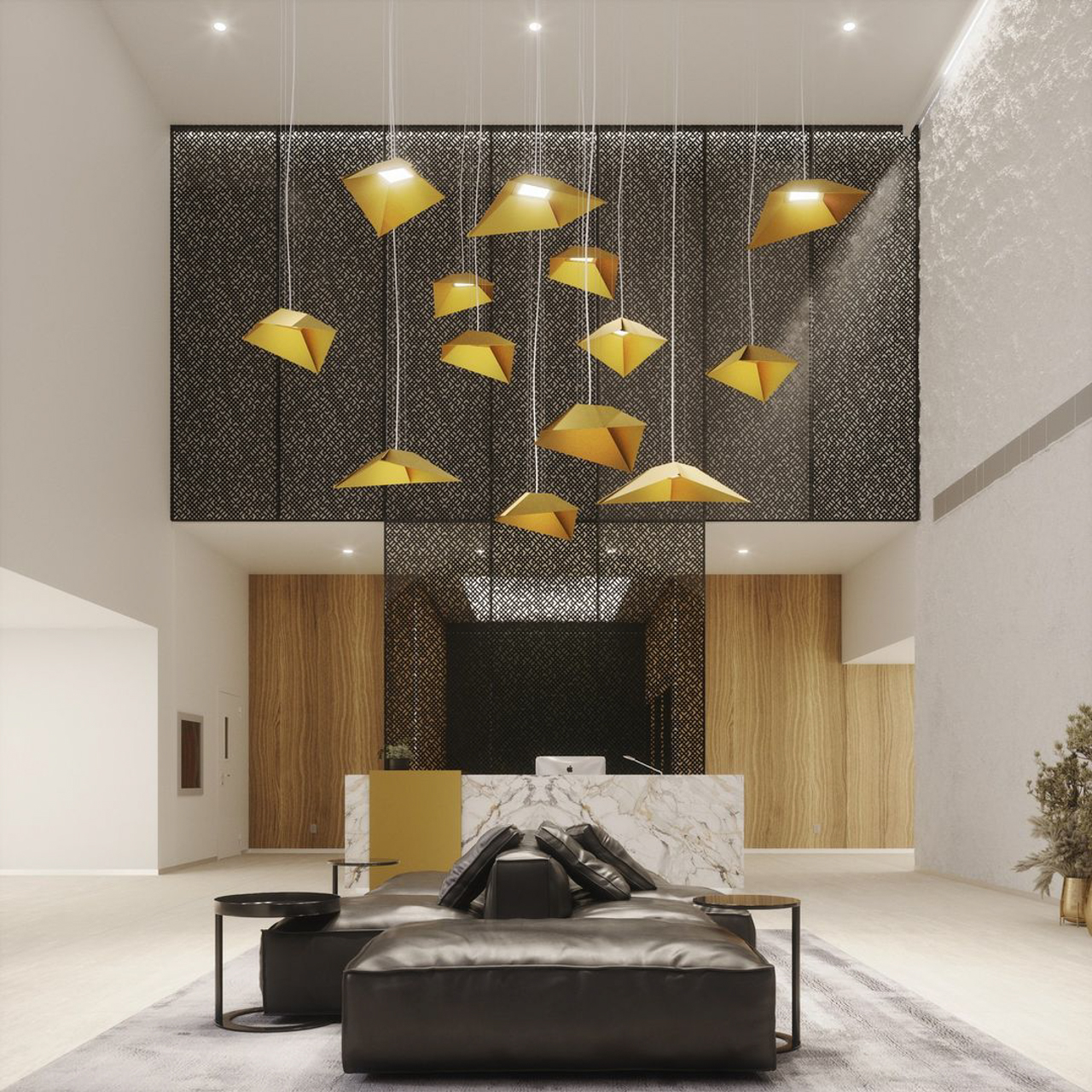
Image Credits: Eureka Lights
8. Instantaneous light
Regular CFL and incandescent lights tend to flicker before they get turned, but LED lights do not require warm-up time. LED lights do not require starters or chokes, as these lights can brighten up immediately when switched on. Frequent switching does not affect its lifespan.
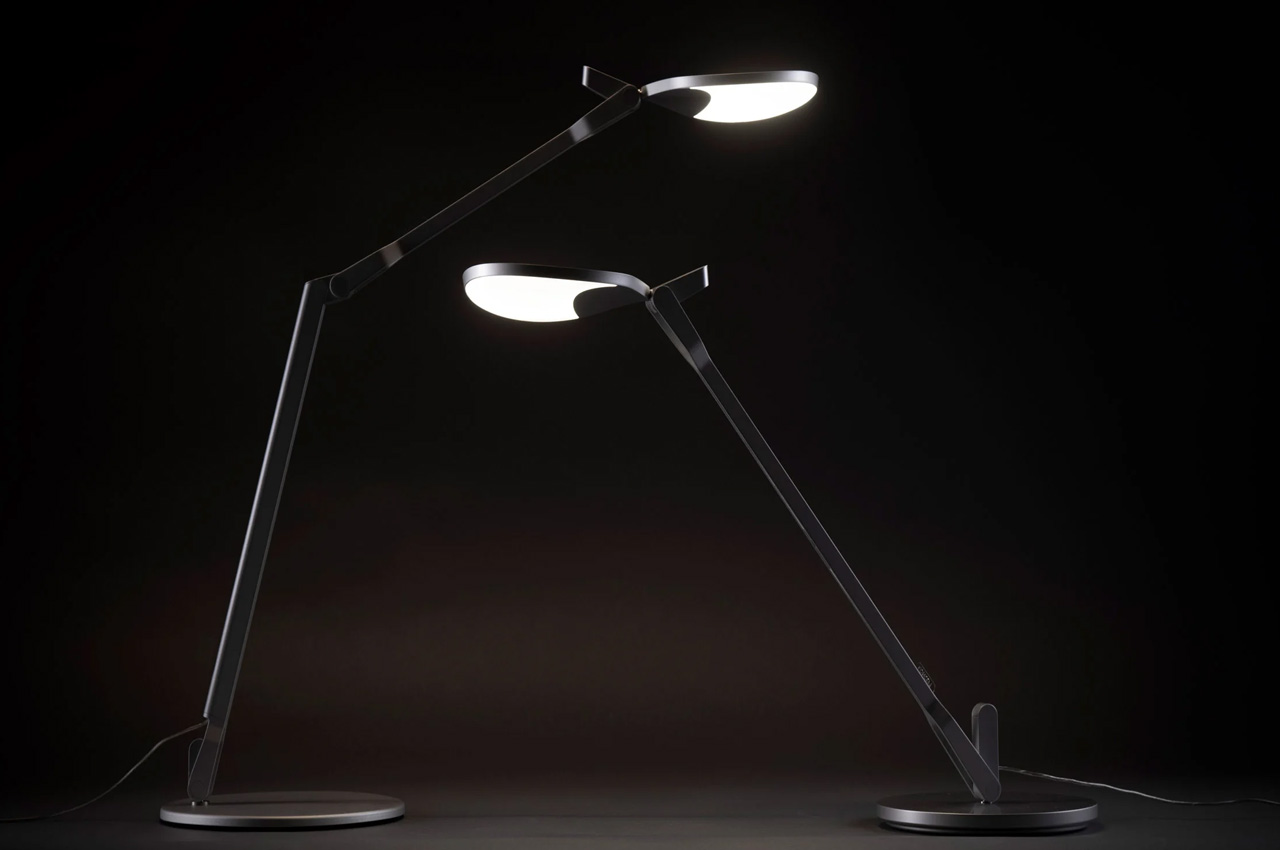
Image Credits: Koncept

Image Credits: Koncept
9. High Color Rendering Index (CRI)
Color Rendering Index (CRI) measures the ability of the light fixture to reveal the natural color of whatever it illuminates under a white light source when compared to sunlight. LED lights have a high color rendering index. When purchasing white LED lights, it is highly recommended to go for a CRI value that is more than 90 as all colors are easily distinguishable.
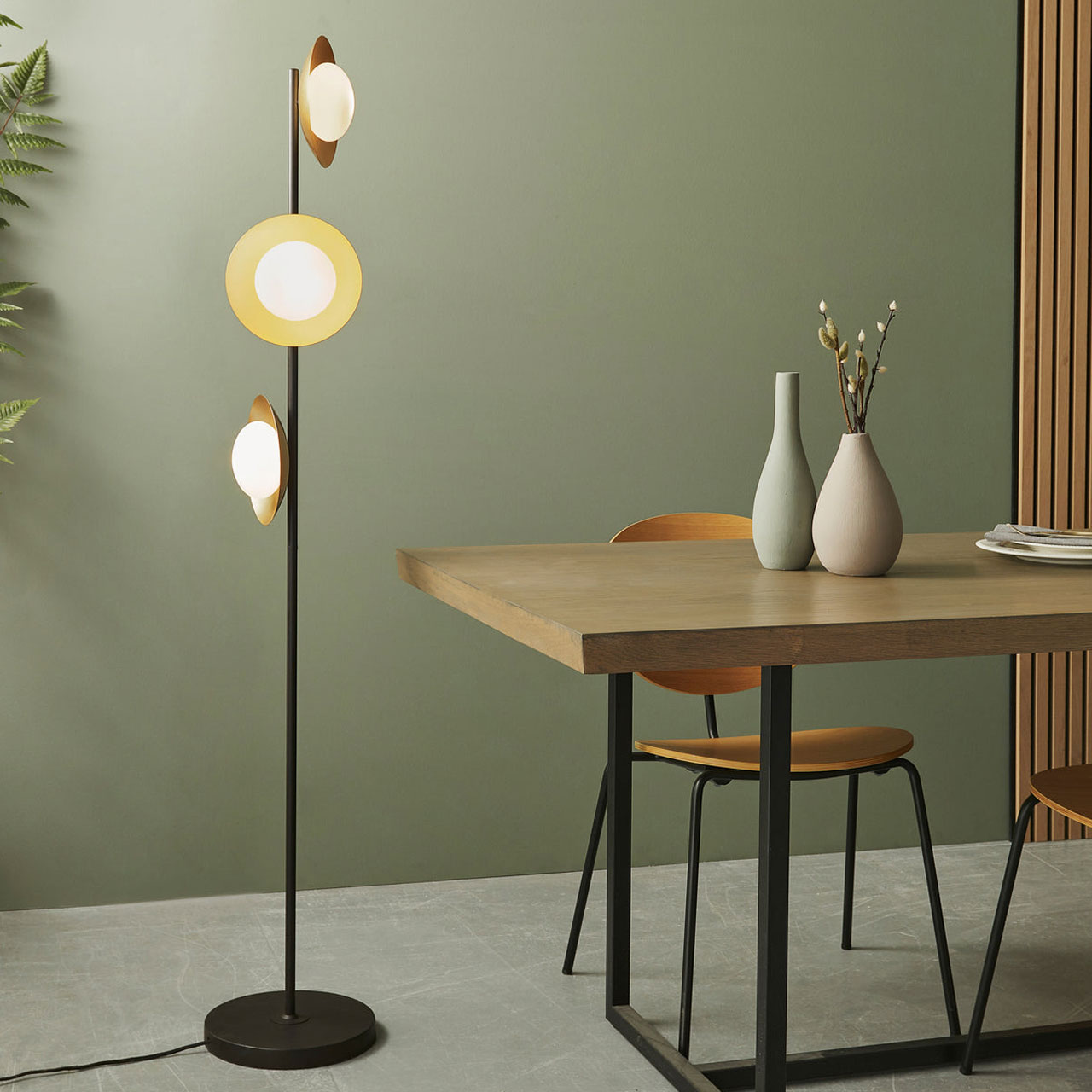
Image Credits: Aberno
10. Dimmable
From soft lighting to bright lighting, LED lights can be dimmed and provide flexibility in the lighting design. The micro-controllers can dim or brighten the LED’s for light, color and the intensity of light. The lights can be dimmed with hardware made specifically for LED light technology.
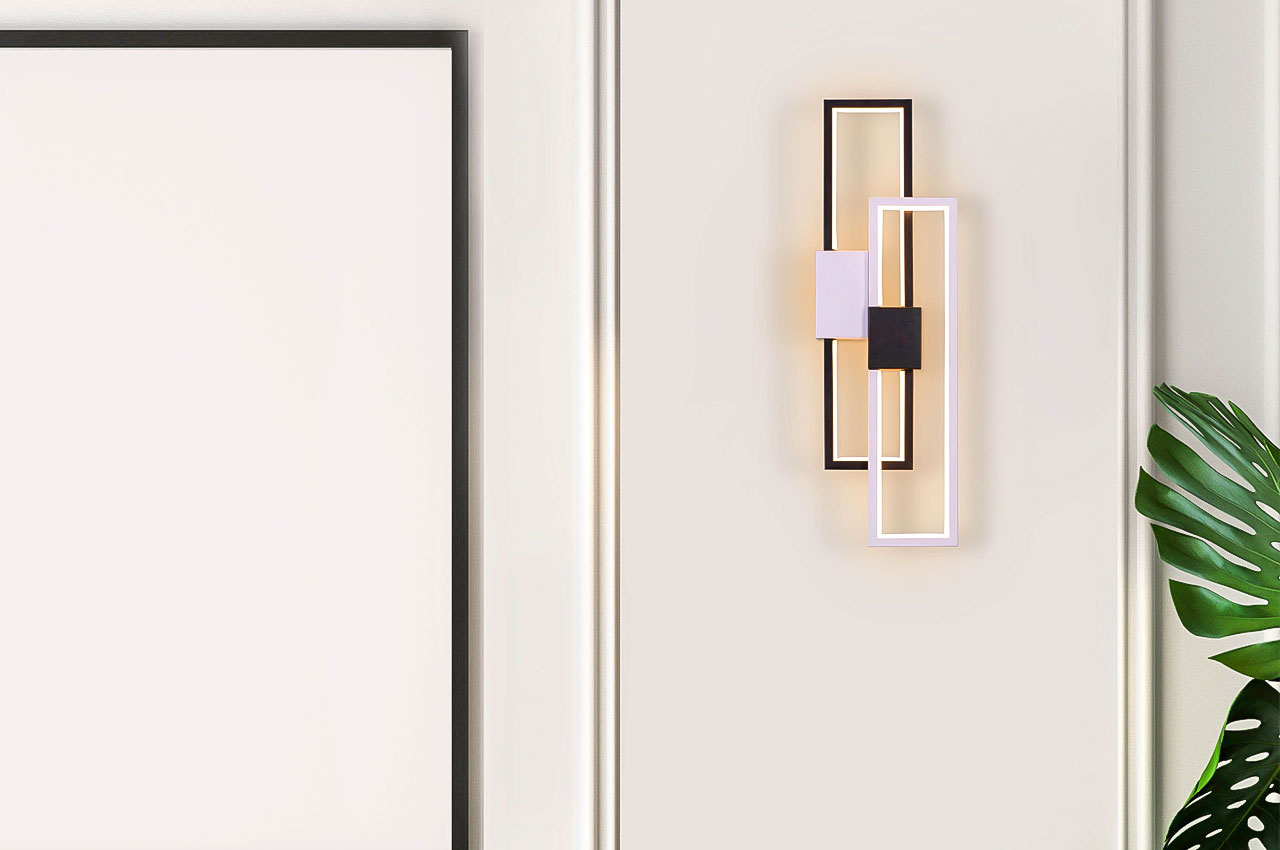
Image Credits: White Teak
11. Resists Extreme Temperatures
LEDs are sturdy and can withstand extreme summer heat and cold freezing temperatures. This makes LED lights suitable for cold temperatures, like refrigerators, cold storage and the outdoors.
12. Recyclable
LED lights are made of recyclable glass and aluminum. Unlike conventional incandescent and CFL lights, it does not contain toxic materials like mercury. Each LED light has a heat sink or a heat exchanger that absorbs the thermal energy generated by the LED light and dissipates the energy into the air. Aluminum is the most commonly used material for the heat sink of LED lights.
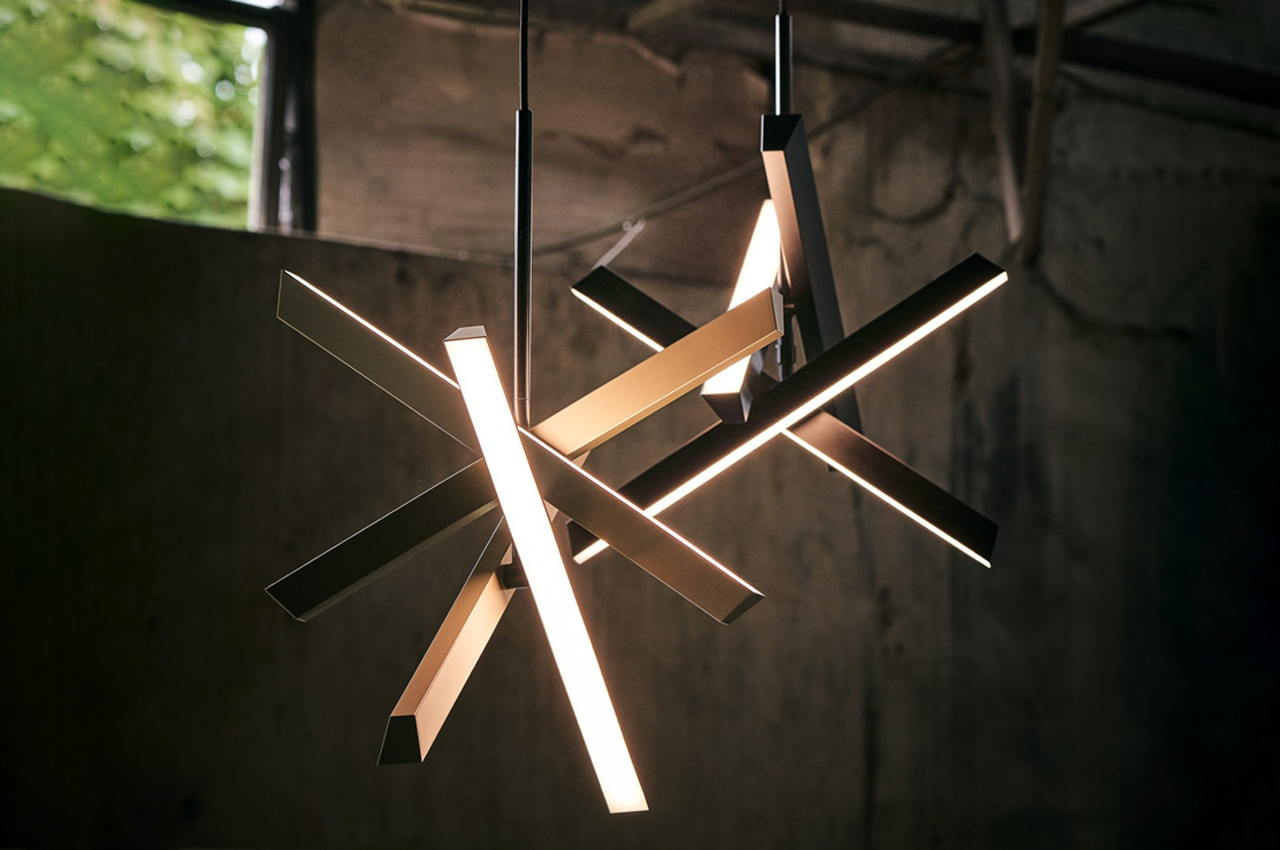
Image Credit: Huan-Rou Chang
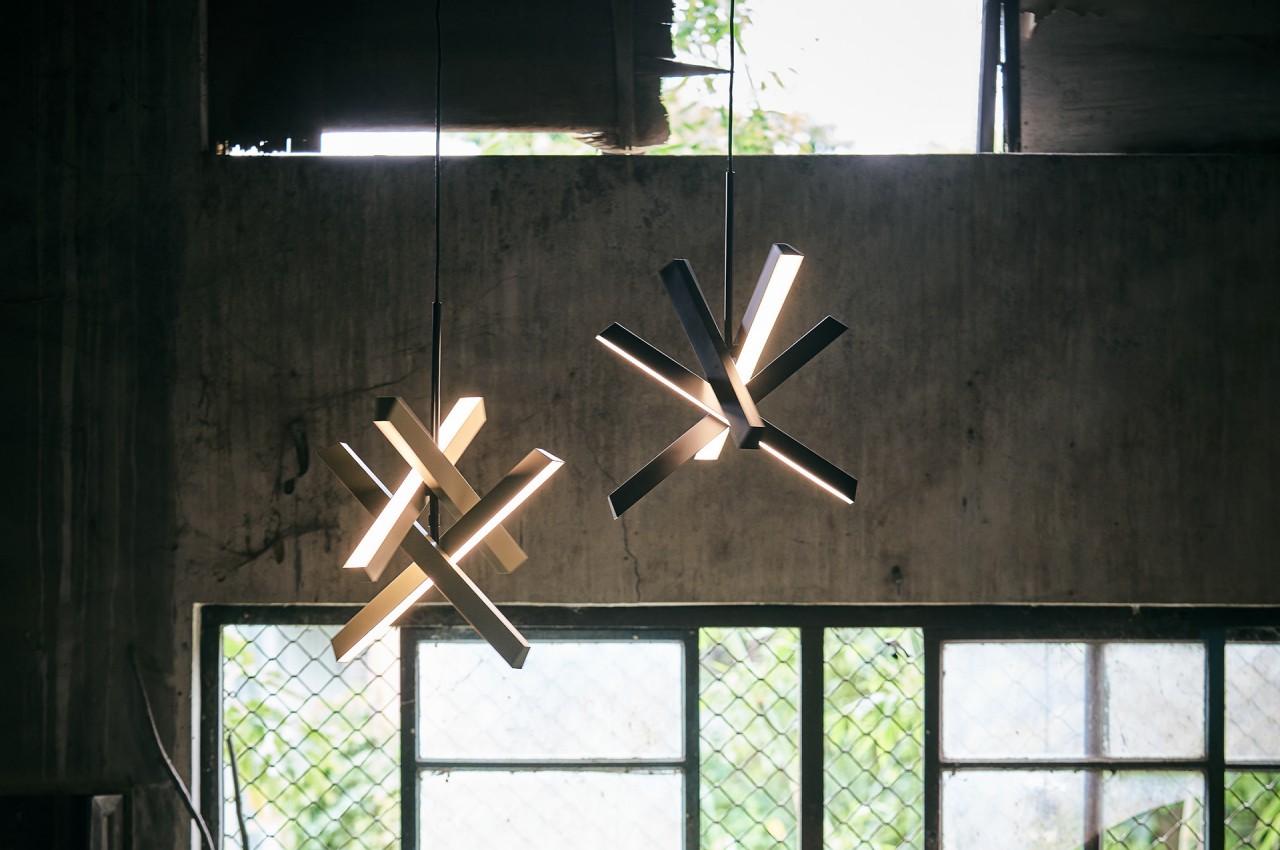
Image Credit: Huan-Rou Chang
Application of LED lights
LED lights fit a wider range of functional and aesthetic applications than what they emit. They are available in various shapes, sizes and types too. These LED lights can be used as light fixtures or spaced out in a linear method. Alongside, LED bulbs are easy to install and can go into existing fittings of light fixtures of incandescent lights.
Industrial and Commercial lights
LED lights make a perfect fit for industrial uses and commercial applications like street lights, garage lights, walkways, outdoor lights and signage.
Ambient lighting
Ambient lighting is the primary source of light for any space. LED lights in the form of recessed downlights, ceiling-mounted LED lights, pendant lights can be used for the ambient lighting or the overall lighting of the space. Small solar LED lights can be used outdoors and in gardens to provide ambient lighting for pathways.
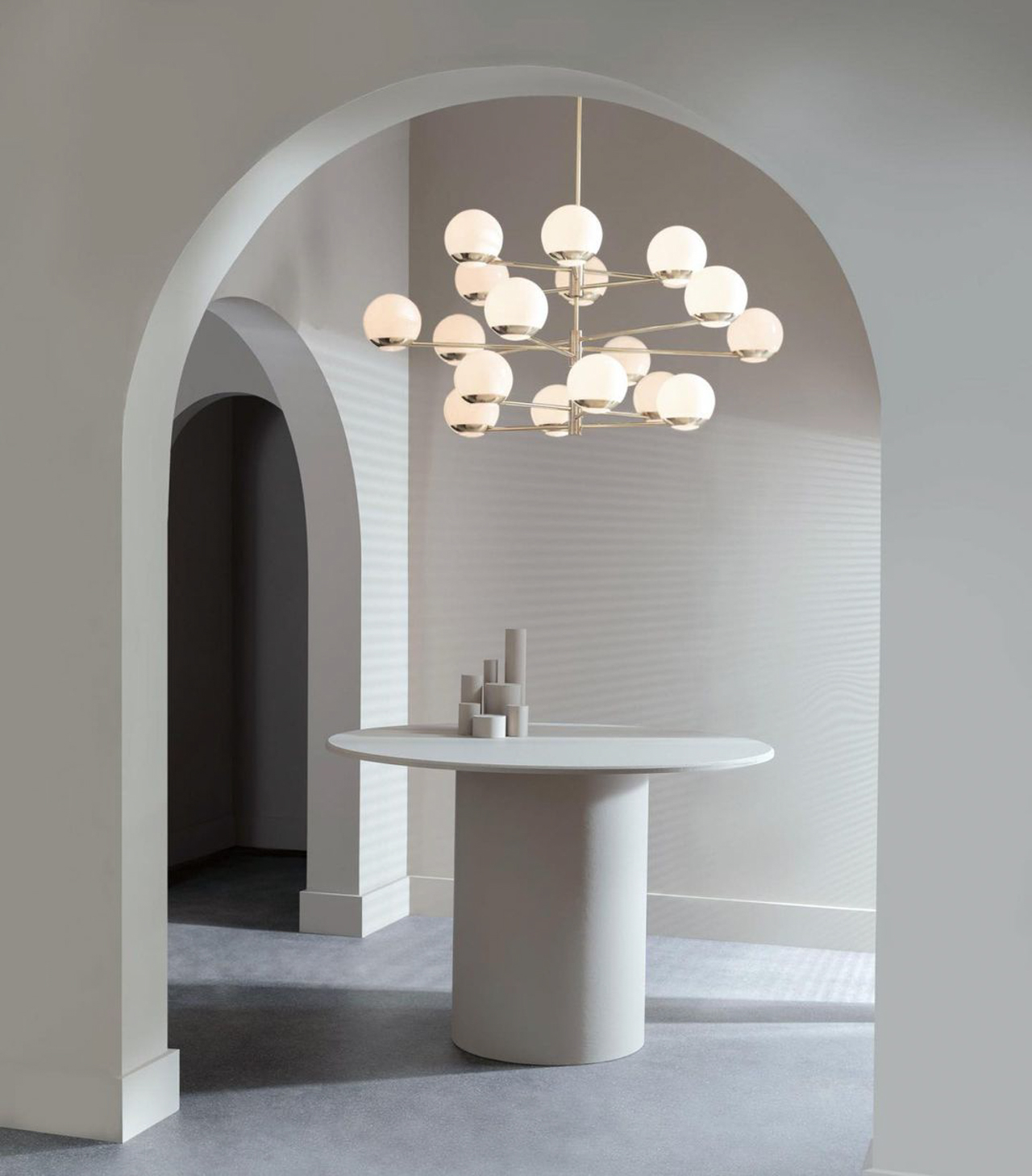
Image Credit: Curio
Task Lighting
Task lighting is a form of direct lighting that increases the light for specific tasks like reading, cooking, writing, etc. For example, consider table lamps and floor lamps with LED lights for reading, while small and directional strip lights are ideal for undercabinet lighting on kitchen countertops.
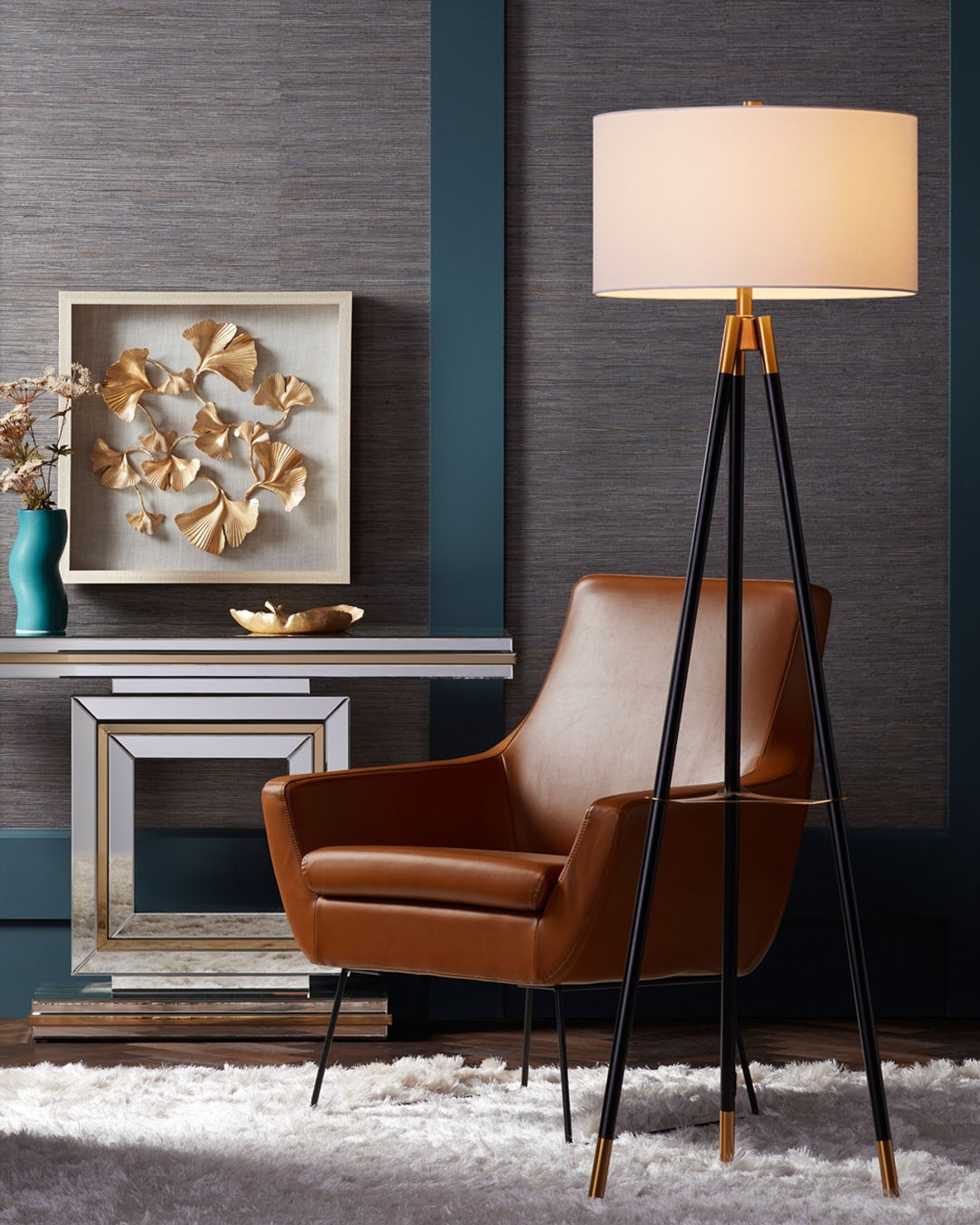
Image Credit: Pacific Coast Lighting
Accent Light
Accent lights draw attention to interesting design features like artwork and architectural details. One can incorporate accent lights in the stairs, recessed niches, and accent walls. As LED lights offer focused light dispersal or directional lighting, they function as accent lights that channel brightness to a restricted zone. One can also consider colorful LED lights to accentuate some spaces.
Decorate the outdoors for holidays and festivals with string LED lights, as they consume less electricity and are cooler than incandescent bulbs. Led rope lighting is perfect for outdoor fountains.
Decorative LED Lights
Decorative lighting forms the fourth layer of interior illumination as it doubly functions as a design element. Ceiling fixtures like chandeliers, wall sconces and table lamps offer functional aesthetics.
Smart LED Lights
A Smart bulb is an internet-enabled LED light that can be customized and controlled remotely. In addition, smart LED bulbs eliminate the need for traditional wall switches, as it contains software that connects to an app, home assistant, or another similar accessory.
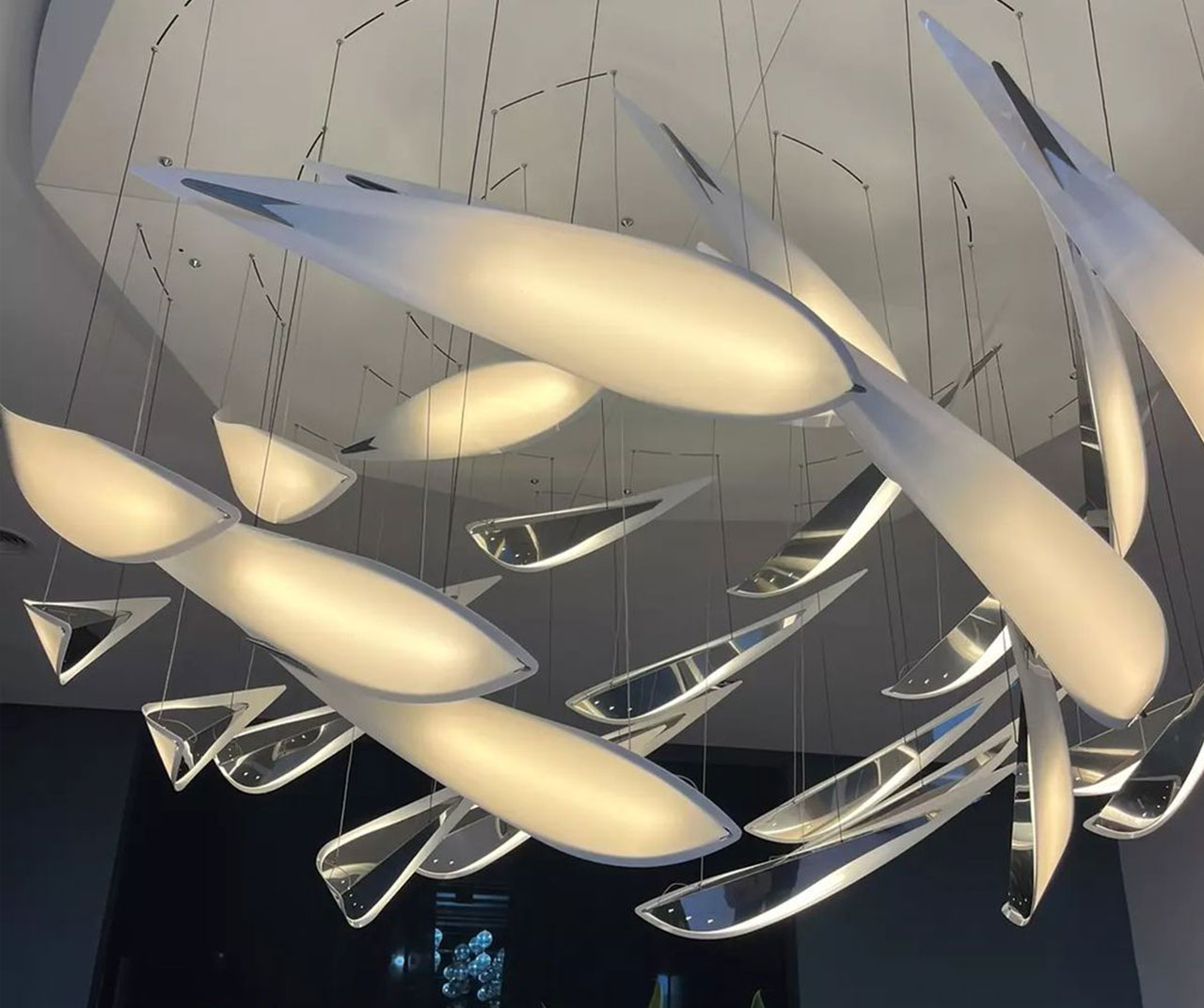
Image Credit: Postigo Design
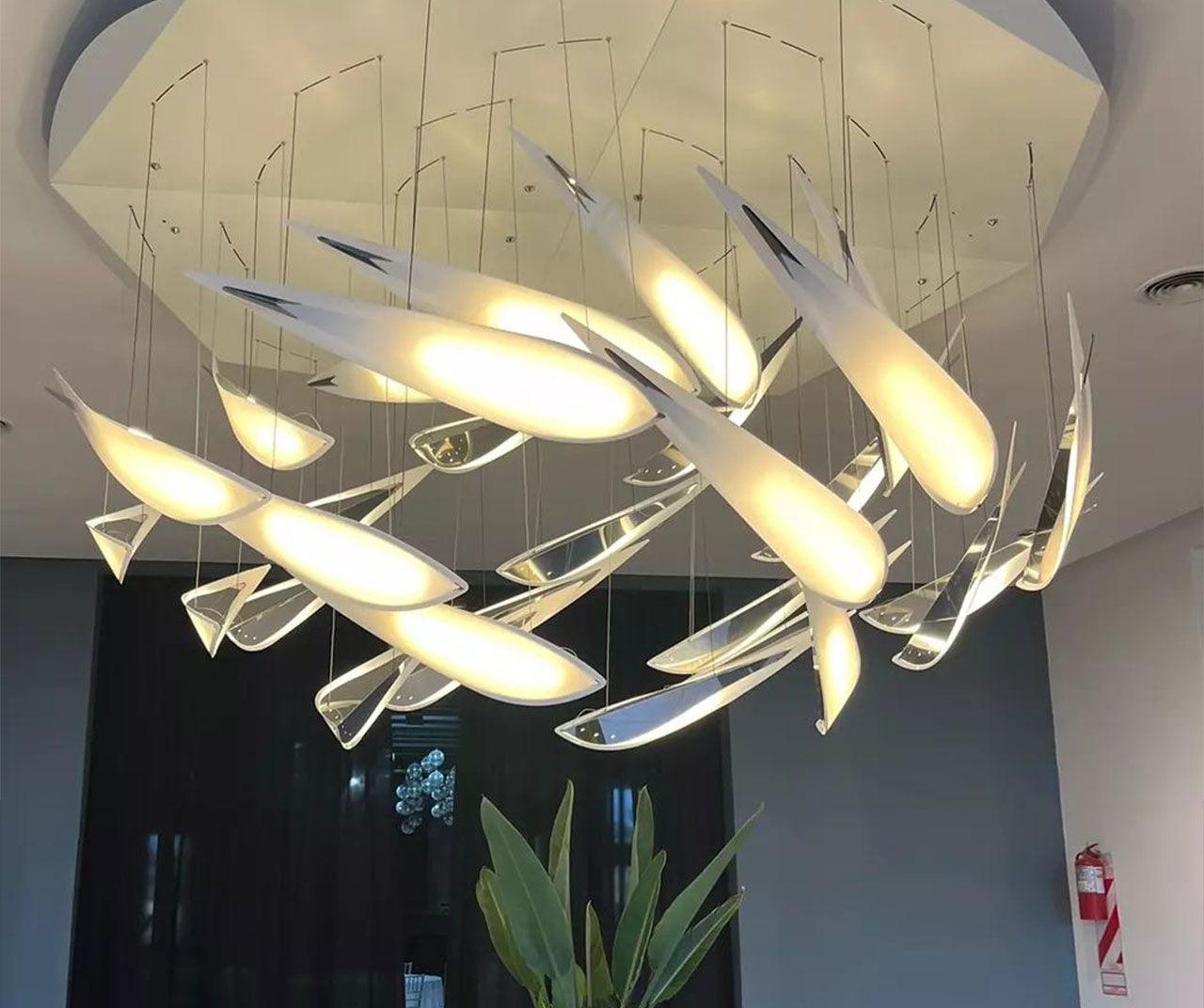
Image Credit: Postigo Design
The post Why are LED lights the go-to lighting solution of the world? first appeared on Yanko Design.
via https://ift.tt/wMX1p4o
Post a Comment
Note: Only a member of this blog may post a comment.